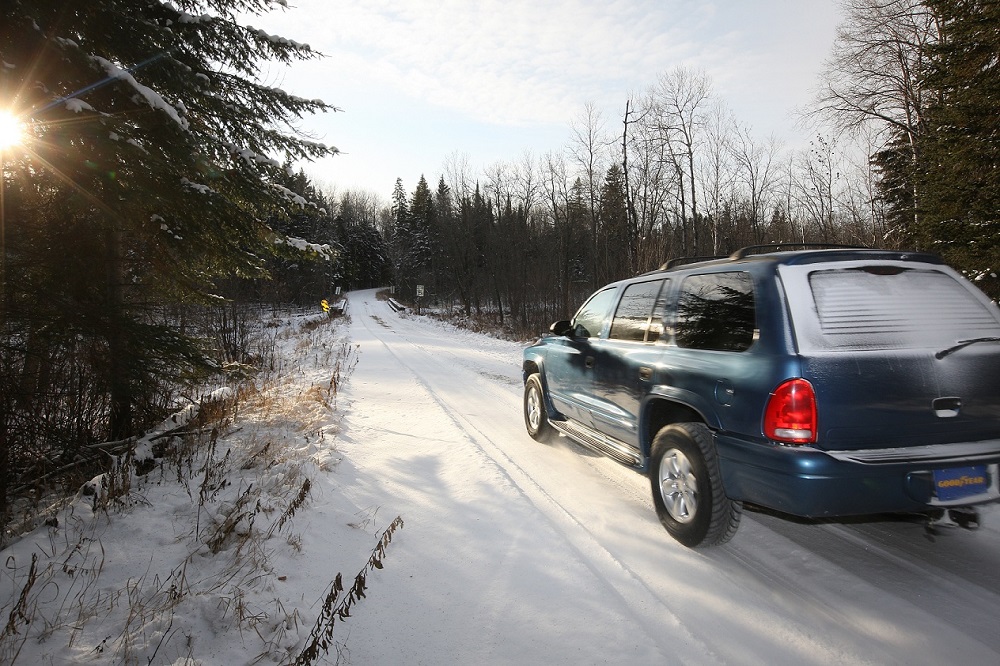As County climate change coordinator Korey McKay makes the rounds with her recently-released corporate climate change adaptation plan, Dysart et al discussed some of the impacts of new weather norms at its March 8 meeting – including two heavy duty snowplows sliding off of icy roads.
Director of public works Rob Camelon said the trucks sustained significant damage, with one likely being a complete loss and another out of service pending repairs.
The first incident occurred Feb. 17 when a truck slid off of Haliburton Lake Road. The second happened Feb. 18 on Ridgeview Road when a truck slid backwards into a ditch and flipped onto its side.
Camelon said the first incident produced minor injuries and no injuries were reported in the second.
As a result, his department is short two trucks but has borrowed one from the County to ensure full coverage of routes. He added they have a new truck scheduled to arrive in the summer so will be back to normal once it’s delivered.
“February was a particularly challenging month for road crews,” he said. “Along with nearly 90 cm of snow that accumulated, the roads network experienced two sustained rain events of 10 mm and 20 mm.”
He added, “Ice build-up and frozen culverts along roadways are becoming a concern for the travelling public and staff. Ice build-up from 75 mm to 250 mm has been observed in areas where ice has been removed. There are 23 frozen culvert sites being monitored.”
According to charts he presented to the committee of the whole meeting Tuesday, the use of sand tells an emerging climate story. Since Jan. 1, the township has used 5,707 tonnes of sand, or a 47 per cent increase over last year. In February, it was a 65 per cent increase. He assured council while he doesn’t have final numbers there is not going to be a big surplus in winter maintenance costs this year.
Mayor Andrea Roberts said it has been a “busy, stressful and very challenging” winter.
She asked Camelon about the condition of culverts going forward. “We’ve had this up and down crazy weather, some warmer temperatures, the concern of course is if we get a lot of precipitation or a lot of melt and the culverts are still frozen, water goes over the road as opposed to through the culverts. Where are we at with that?”
Worst year ever
Camelon said they had worked on the problem March 4-5. He said they have anywhere from three to 10 inches of ice on some roads, so culverts have to be checked regularly. “This is the worst year from frozen culverts that I certainly remember.” He added there is so much snow, the water does not quit running.
Camelon further told councillors, “We’ve used chains more in the last two-and-a-half weeks than we have in the last 20 years.” He added he’s never seen anything like the conditions of late.
He said he is hopeful it is a “one and done” season and they will get back to “nice easy winters.” However, Coun. Larry Clarke said he does not think that is going to happen. “This is going to be more frequent than what we’ve seen in the past. It may not be every year but we have to be geared up to deal with this kind of winter going forward,” he said.
Camelon said they have been doing things such as deepening ditches and upsizing culverts or the situation could have been much worse. He said they also have a public works administration assistant to help forward calls to the road crews quicker.
McKay presented her report to County council Feb. 23 and is now taking it to the townships.
It outlines some of the challenges municipal operations and services will face as weather patterns shift, while including some suggested mitigation measures.
She is highlighting how the weather is changing in Haliburton County. It is trending towards higher temperatures, resulting in more heat waves and less snow. It also means increased precipitation, with rainfall concentrated in more intense events with longer dry spells in between. That will result in increased flood risk, as well as lake levels that experience higher highs and lower lows. There will also be more frequent and intense storms of all kind, including ice and thunderstorms.
Clarke said the changing climate is challenging residents, too.
“Individual homeowners trying to keep ahead of the ice … layers and layers of sand and still not going into it, so it’s a challenge.”
McKay will next shift her focus to climate impacts to private property, business operations and community wellbeing in the development of a community climate action plan.





